Improve visibility and enhance landscape
A driveway is a private road that gives access from a public way to a private property. The property can be a residential house or a commercial establishment. Installing driveway lights improves visibility, defines visual direction and boundaries, and shows off the beauty of your surrounding property. Driveway lighting should be designed to blend with the landscape environment and to provide visually comfortable illumination for both pedestrian and vehicular traffic. As aesthetics are becoming fundamental in addition to functional aspects in outdoor lighting, the light fixture must have its own qualitative design appeal in order to harmonize with the surrounding architecture.
Types of driveway lights
Various types of driveway light fixtures are known. Bollards, post-mount lanterns, and inground lights can be placed along outdoor driveways to ensure visitors are greeted in an appealing ambience and captivating style. Position lights on a single side or alternate sides for uniform illumination without leaving areas of hot spots and shadows. Bollard lights and post-mount lanterns are visible aesthetic elements in the landscape and should be chosen to bring a desired organic look into their environment. These fixtures are pedestrian scale luminaires that perform an essential function of road illumination and allow the decorative nature of lighting to be appreciated during the day as well. Inground lighting provides a visually and physically unobtrusive light source. When properly considered and carefully applied, in-grade uplighting can provide comfortable visibility at night.
Lighting technology
Outdoor lighting has benefited in numerous ways from the advantages of LED technology. LED lighting guarantees a high degree of energy efficiency, significantly extended service life, as well as unprecedented design flexibility. The compact, solid state light sources allow the form factor of light engines to be easily adapted to the aesthetical requirement without compromising photometric performance. The semiconductor nature of LEDs allows the lighting system to operate in an autonomous manner in response to integrated sensors (occupancy sensors, daylight sensors) or wireless control inputs. Driveway lights can be line powered or they can operate on a low voltage 12V/24V power supply. Solar powered fixtures are another viable option as the combination of current driven, energy efficient LEDs and high capacity lithium-ion batteries affords a long autonomy for low-light-level driveway lighting.
Light distribution
Pedestrian scale driveway lights direct light downward for a pleasing uniform wash of light. The light source is concealed from direct view to eliminate discomfort glare and ensure safety and visibility for pedestrians and motorists. The optical system may be designed to produce a substantial amount of vertical fill light for areas requiring greater visual security. These fixtures generally offer a symmetrical distribution of light, but asymmetrical distributions are also available. Inground lights are design with deep recessed light sources to provide a primary level of glare control. Frosted lenses and/or louvres which are internal are available for further glare control.
Reliability and durability
LED driveway lights must be built to withstand the operational stresses and harsh outdoor conditions. Thermal management and protection of the luminaires from electrical abuse are always the top design considerations. But just as important is the resistance of luminaires to UV exposure, corrosion as well as ingress of water. The electrical and optical compartments of outdoor luminaires are sealed to a very high IP rating. The exterior parts of the luminaire housing are protected by a tough TGIC thermoset powder coat finish that provides superior resistance to ultraviolet degradation, corrosion and weathering for maximum retention of gloss and luster.

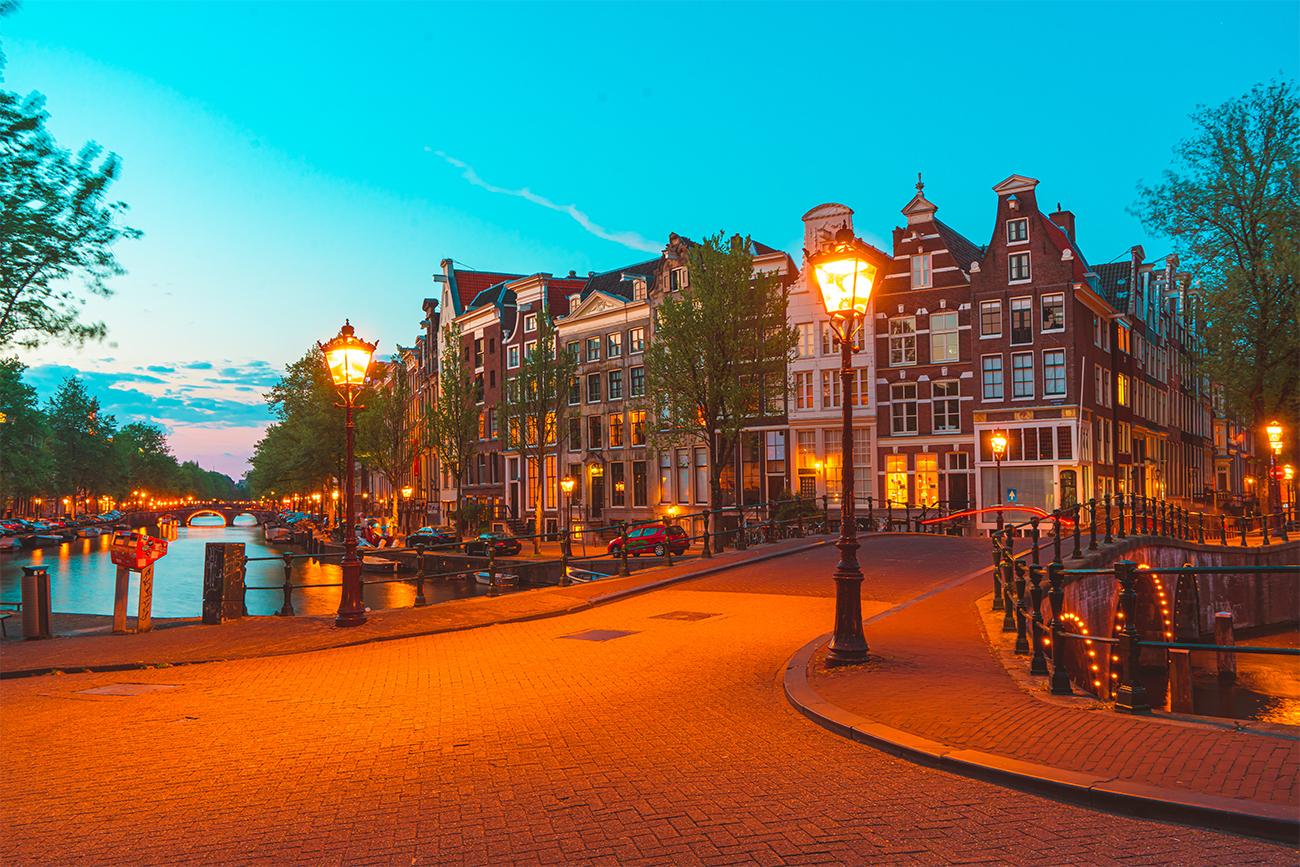
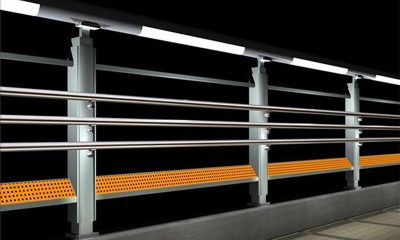


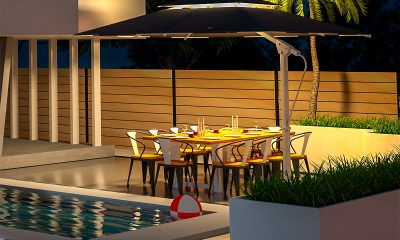
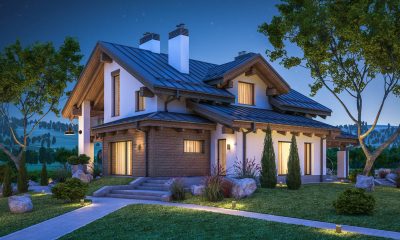
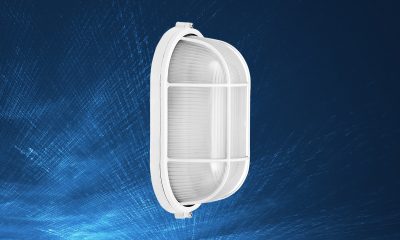
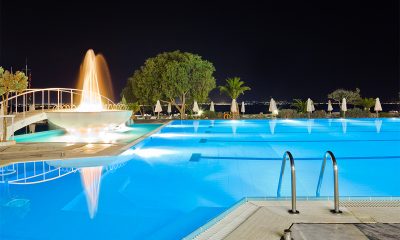
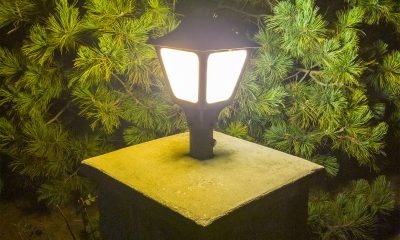
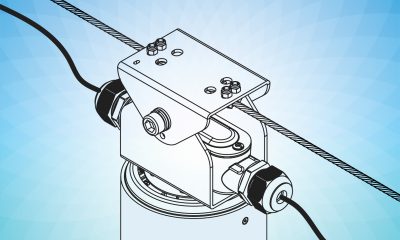

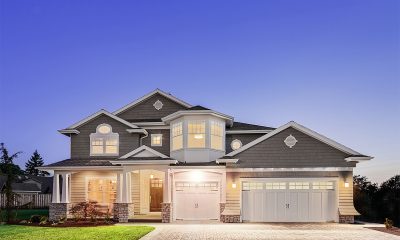






Loading...